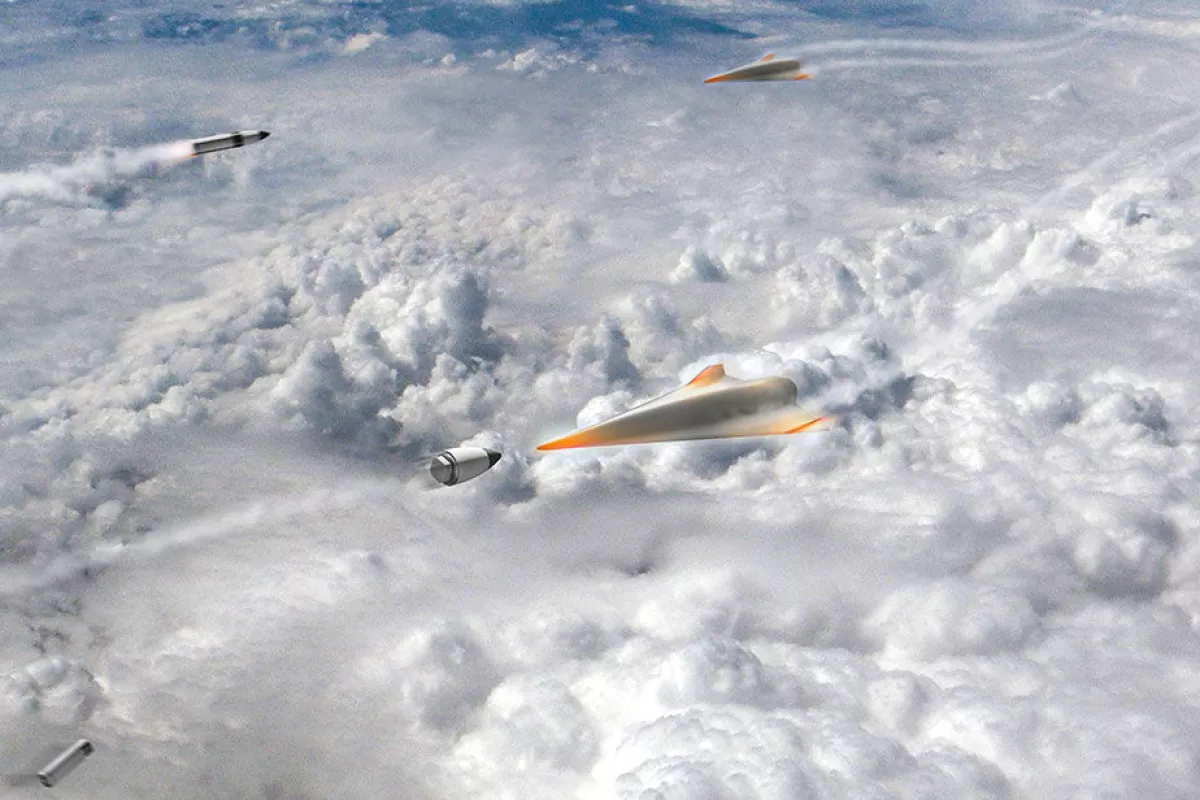Lockheed Martin has been awarded US$31.9 million by DARPA for further development of a ground-launched, mobile, hypersonic missile system. The contract will allow the defense company to begin the Operational Fires (OpFires) Phase 3 Weapon System Integration program for the boost-to-glide weapon system.
With their ability to make controlled flight at five times the speed of sound at the edge of space, hypersonic weapons have the potential to be as big a military game-changer as the introduction of jet propulsion was after the Second World War. A missile flying at such speeds could penetrate and outrun any air defense system currently deployed while providing commanders with unprecedented abilities to strike with new speeds, range, flexibility, and precision.
The new contract, which involves Lockheed, DARPA, and the US Army, will draw on Lockheed's three decades of hypersonic missile development, combined with DARPA's work on new hypersonic propulsion systems and boost-glide technologies. Lockheed is tasked with taking the present design based on initial requirements and taking it through the Critical Design Review (CDR) in late 2021. This will be followed by component and subsystem tests in the same year and integrated flight tests in 2022.
"The OpFires missile is critical to providing the US Army with a highly maneuverable and rapid response solution capable of operating from unpredictable land-launch positions to suppress hostile threats," says Hady Mourad, director of Tactical and Strike Missiles Advanced Programs at Lockheed Martin Missiles and Fire Control. "Lockheed Martin will deliver the prototype missiles utilizing the experienced production teams that currently produce the ATACMS, GMLRS and PAC-3 missile systems in Camden, Arkansas."
Source: Lockheed Martin





